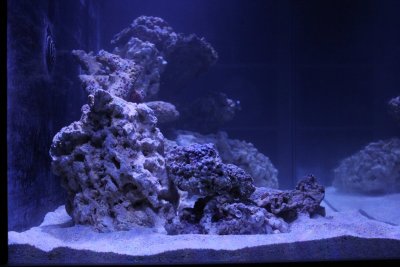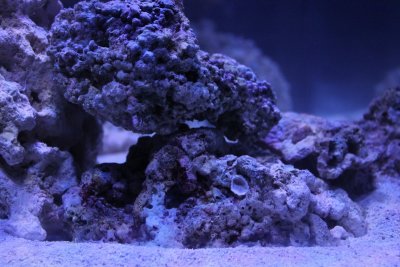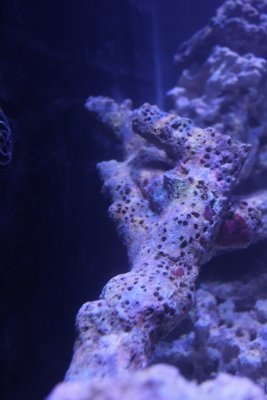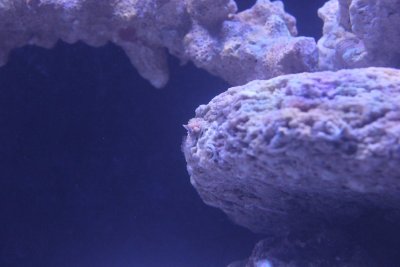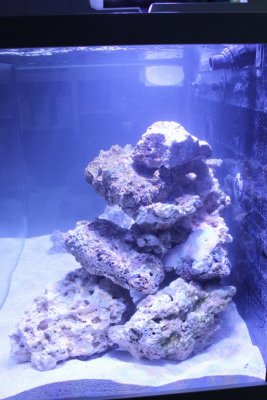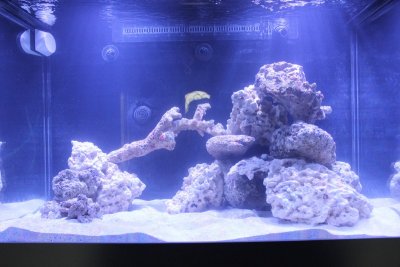- Joined
- Sep 8, 2018
- Messages
- 98
- Reaction score
- 101
My tank is on day 5, I've been adding Seed bacteria from Aquavitro for 4 days now (bottle says to dose daily for 7 days). Didn't have any test kits until Amazon delivered today. Also have about 80lbs of live rock in there.
Ammonia: 0.1 ppm
Nitrates: 2 ppm
Nitrites: 0
pH: 7.9
Tank is 100g.
Also tested my RODI water jug and came up with the same nitrate reading, about 2 ppm.
My LFS did my initial fill last week with pre mixed saltwater they brought from the store. Since I only have a day of results, I'm not getting a complete picture and I'll take a water sample to my store to make sure they're getting similar results. Do you think my cycle just hasn't started yet?
Ammonia: 0.1 ppm
Nitrates: 2 ppm
Nitrites: 0
pH: 7.9
Tank is 100g.
Also tested my RODI water jug and came up with the same nitrate reading, about 2 ppm.
My LFS did my initial fill last week with pre mixed saltwater they brought from the store. Since I only have a day of results, I'm not getting a complete picture and I'll take a water sample to my store to make sure they're getting similar results. Do you think my cycle just hasn't started yet?






